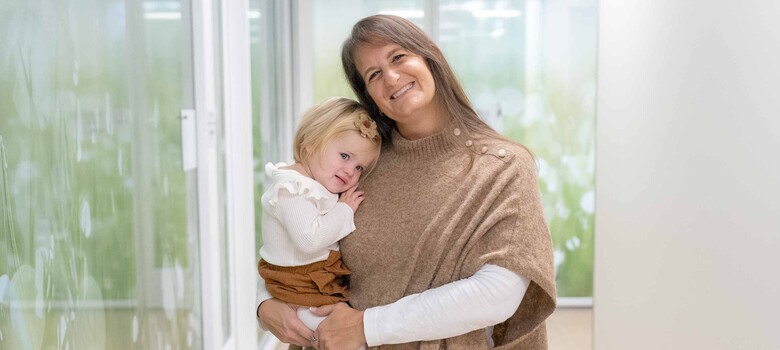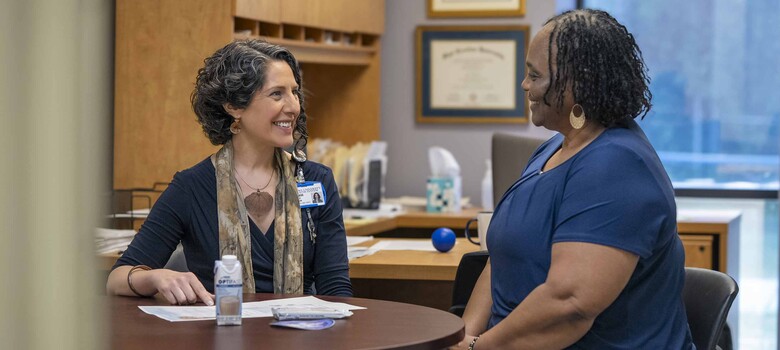 From the DukeHealth.org archives. Content may be out of date.
From the DukeHealth.org archives. Content may be out of date.
Good Posture is Important but it Won’t Prevent Scoliosis

Remember when your parents told you to sit up straight? Slouching among adolescents hasn’t gone out of style and neither has the popular refrain. Sitting and standing tall remains important because it lengthens the spine, and strengthens the back, neck and shoulder muscles.
But can good posture prevent the curving of the spine known as scoliosis? Unfortunately, it won’t, says Robert Lark, MD, a pediatric orthopedic surgeon with Duke Orthopaedics.
“Scoliosis is not preventable,” he says, “but once we diagnose it, there are things we can do to prevent progression of the curve.”
Scoliosis is an abnormal, left-to-right curvature of the spine that often resembles the letter S. In most cases, the cause is unknown, but research suggests genetics play a role. Parents may suspect scoliosis in their child if one shoulder is higher than the other, or if the trunk of their body appears to shift from left to right. “It’s common to spot scoliosis during the summer time, when a thinly clothed child bends down to pick something off the floor,” says Dr. Lark. “You may be able to see the ribs along the spine appear more prominent on one side than the other.” Dr. Lark says the muscular imbalance can cause pain in some children.
How to Treat Scoliosis
If you suspect your child may have scoliosis, a visit to a pediatric orthopedist is warranted. The severity of the curve is diagnosed on x ray, and it’s important to make that diagnosis early, when children are young and still growing. Sometimes treatment is as simple as taking a wait-and-see approach. “If the patient is a 14-year-old girl with a small curve, we’ll just keep an eye on it as they keep growing,” Dr. Lark says. Core and flexibility exercises are beneficial to strengthen the muscles, but they won’t make the curve go away.
If the curve is more significant, bracing may be recommended to minimize curve progression. It is important to note that bracing will not make the curve go away.
About one-quarter of children with scoliosis may benefit from bracing. The site of the curve dictates the bracing regimen. Children with curves higher in their spine may need to wear a brace when upright for 16-18 hours daily. Lower curves may be corrected with a nighttime brace. Braces are typically worn for one year past skeletal maturity. “For girls, that’s three years past the time of their first menstruation,” Dr. Lark explains. For boys, it is one year after the close of their pelvic growth plate.
Surgery may be required if x-rays suggest a severe curve that may progress into adulthood. While the surgery is significant – requiring a three to five-day hospital stay and up to six weeks recovery - “today’s modern instrumentation allows us to correct a lot of the deformity a child may have,” Dr. Lark explains.
If scoliosis surgery is recommended for your child, choose a surgeon with a wealth of training and experience, and a medical center with a pediatric intensive care unit, Dr. Lark says.



